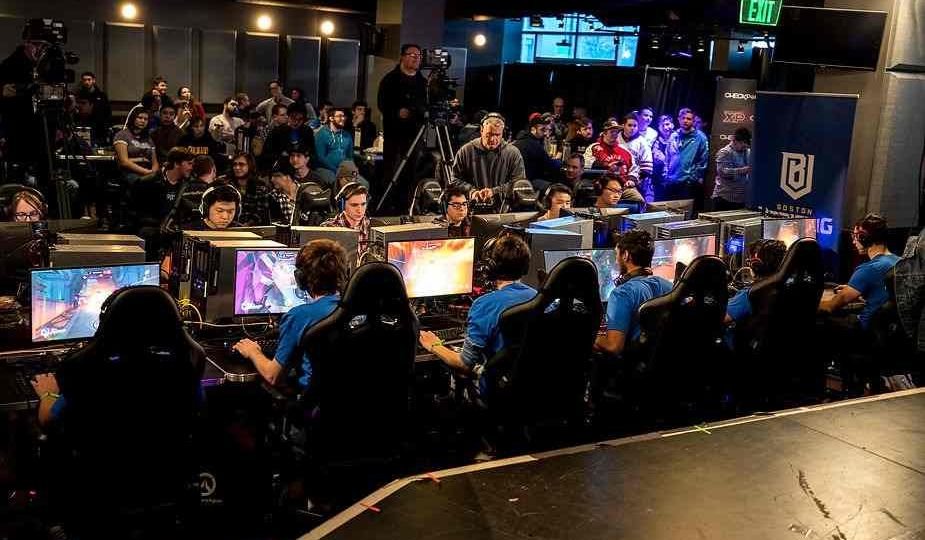College esports has come a long way since its humble beginnings as a niche hobby for a few students on campus. With the rapidly growing popularity of competitive gaming and the increasing number of universities offering esports programs, it’s clear that college esports is here to stay. However, despite its potential, the current model for collegiate esports needs a significant overhaul.
College esports were traditionally organized like college sports were organized and focused on media deals, big sponsorships, organized tournaments, teams, and rivalries that mimicked the college sports model. But this approach must include the unique nature of esports and the diverse range of interests and skills of today’s college gamers. We must consider two key points as we reflect on our origins.
A college gamer today comprises a variety of complex and multi-dimensional personas that look very different from Wally and Beaver. Their palette now includes multiple gaming titles, music genres, a broad spectrum of influencers, social media platforms, streamers, content creators, cosplayers, cultural preferences, and a sliver of post-covid traumatic stress disorder. Campus communities are complex microcosms of society, so engaging students isn’t a one-size-fits-all proposition.
As an organized and thriving industry, college sports have taken over a century to develop into what it is today. Yet, it still faces disruptions, such as the NIL, super conferences, and Title IX. The path to collegiate esports growth remains stagnant when the only playbook revolves around replicating the college sports model. There is a long way to go until we see ESPN college game-day tailgating, broadcast TV deals, stadium naming rights, and an esports pep rally. The college market needs time to evolve. College esports players, educational institutions, publishers, and key stakeholders must collaborate on issues related to student career development, workforce training, and monetization pathways.
Amidst the recession and the dissipation of mid-pandemic hype, esports must pursue monetization rather than settle for illusions of grandeur. In these uncertain times, pivots are more imperative than ever before, and it’s time to think outside the box and look beyond the preexisting models. The design of college esports should be rethought to maximize its potential instead of serving as just a recruiting tool. For college esports to succeed, we need innovative approaches incorporating experiential learning, entrepreneurship, and the latest technological advancements. In the upcoming edition, we will take a closer look at how we can continue our journey.
